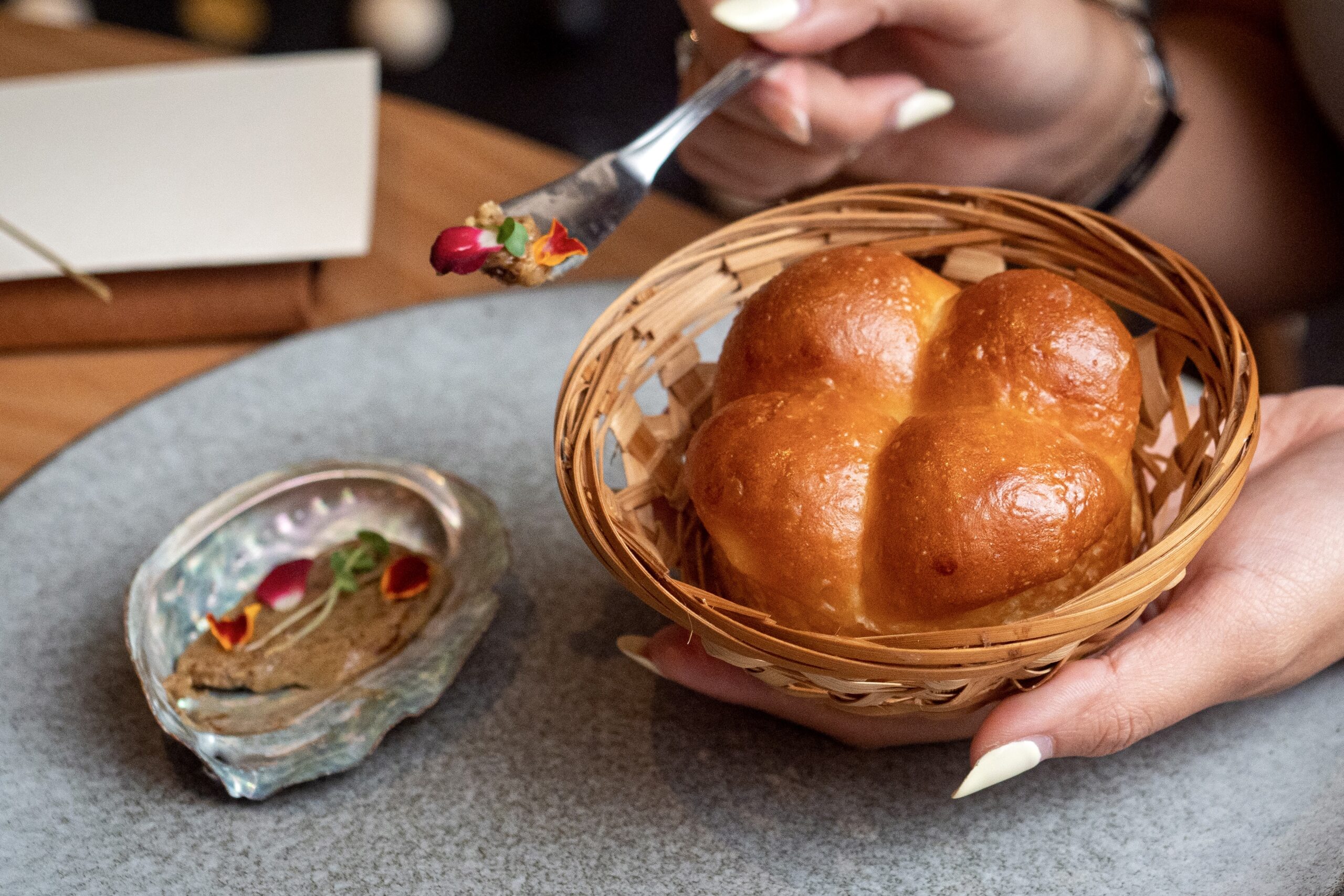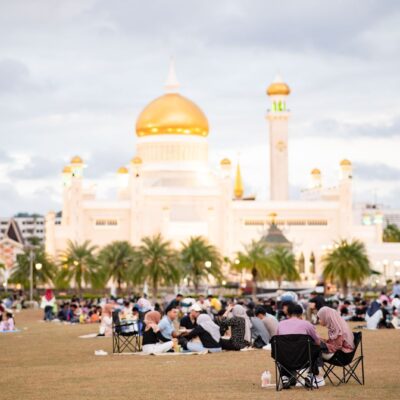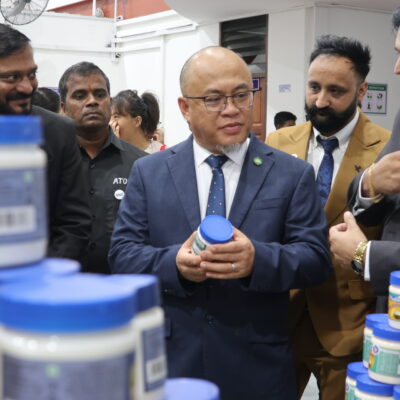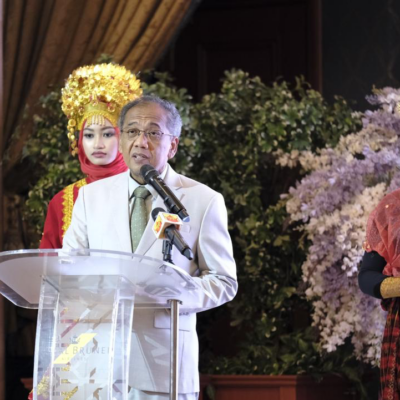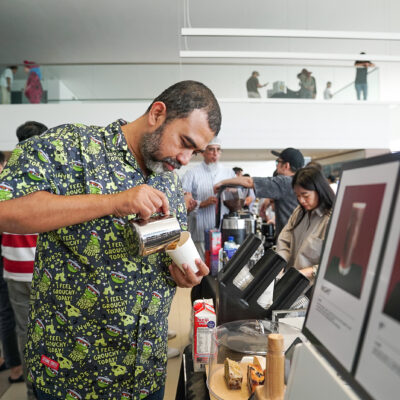Written by Ying Chia and Farah Irewan
Nothing inspires the celebration of tradition more than those who wish to preserve it! With skills, determination and most importantly, passion, the people of Borneo have developed incredibly creative ways to introduce or reintroduce the ways of the past into today’s modernised world. Traditional practices of all kinds have undoubtedly diminished over the years with the rapid advancement of a digital society. Every day, something new becomes the fresh face of obsession but in the fast-paced world of trends, tradition is a reminder and symbol of history and culture that has remained — and that respect for where they came from, is important.
Certain individuals from Borneo have integrated their traditional practices into the modern world by simply working together. In the Sabah Art Gallery where the culture of traditional art and craft remains frozen in time, resides Jennifer Linggi, author and illustrator behind the amazingly detailed sketches of ‘The Journey of North Borneo ‘s Traditional Baskets’. The craft and skill behind traditional basket weaving is a technique of the Sabahwans that is inherently linked to their survival — a practice said to be endangered due to deforestation and young ones seeking better work opportunities in the city. Linggi has tirelessly advocated for and documented the immense variety and meanings behind this basket craft for over a decade in an attempt to not only meticulously understand the skill herself but to also ensure its perseverance. Here in Brunei, the Alai Gayoh house is a wonderful initiative by the local Dusun community to not only claim their physical space through the historically important structure and land, but also create an immersive experience for visitors.
In the fields of fashion and textiles, purveyors of fabrics and ready-to-wear clothes have their own champions of tribal heritage. Tom Abang Saufi and Neng Kho Razali are two style stalwarts representing Borneo in the field of contemporary fashion — culturally inspired prints and representation of motifs like the ‘Pua Kumbu’ that not only bring facets of our Bornean culture to the surface of mainstream consumers but also highlight the spiritual context of the designs; such as that it provides a leeway for modern indigenous designers to express their motifs in signifying their cultural representation in the fashion industry. The high-profile Sabahan designer, Nancy Jullok, first graced the international stage when she brought her fashion collection ‘P’Lo’ to the runway as a part of New York Fashion Week in 2018. Surprising to some but a reflection of what can be achieved when a minority community takes ownership of their human narrative and lived experiences.
OITOM in Kota Kinabalu is a fairly new establishment that centres its attention towards indigenous heritage. As Sabah’s first true fine dining restaurant, rare for a localised community, they hold the distinct position of being not just front-runners but change makers. On account of their collaborations with local farmers and modest produce businesses, OITOM promoties a more sustainable and lively food culture that serves local dishes with the best seasonal ingredients for absolute nouvelle quality. Their menu include the ‘IDEAS’ Full Experience Menu, consisting of exquisite dishes like an ever-fresh Seasonal Scallop served with Strawberry Hinava Broth; they say this symbolises the marriage of heritage and innovation, a “reflection of the region’s rich bounty” .
Conversely, in Kuching, Sarawak, the LEPAU ethnic restaurant was one of the earliest adopters to showcase traditional Bornean cuisine in a modern setting. Focused on the Ulu and Dayak cuisines, this eatery provides the wider community with affordable access to traditional food. Their menu varies from the appealing Fiona Prawns, flavourful Midin Belacan and an ethnic Dayak Sour Eggplant soup. Many of these dishes are prepared as they would historically have been and is an important link to perpetuating traditional tribal heritage.
Further across in Kuala Lumpur, “What better way to speak to Malaysians other than through food?” says Sarawak native Karen Yap, who runs ‘Karen’s Ethnic Plate’. Her epic food events create interest and consumer demand for traditional foods and she showcases hyperlocal and hyperseasonal dishes from her beloved Sarawakian heritage and Borneo. It is a lived way for others, and herself, to experience the food and culture that she grew up with (The events now also encompass original recipes and ways of eating from other Bornean tribes). She cleverly transforms old techniques for contemporary palates, building an edible library of recipes, practices and traditions from communities that relied on story sharing and oral histories. Unorthodox as a method perhaps, but a necessary and delicious adaptation to capture and engage consumers in today’s visually-driven society.
It’s refreshing, and honestly, reassuring to see how Borneo is incorporating their traditional culture into the mainstream modern world today — the approach is too intentional for it to be a fleeting trend, or a simple yearning for times of old. Of course, there are many others who in their own lives keep the old practices from diminishing, and highlight the richness of these traditional communities. Their continued relevance in a world that has far changed from what it was also shows their resilience to thrive, a trait that will undoubtedly keep their existence from dying out and will maintain their traditions.









